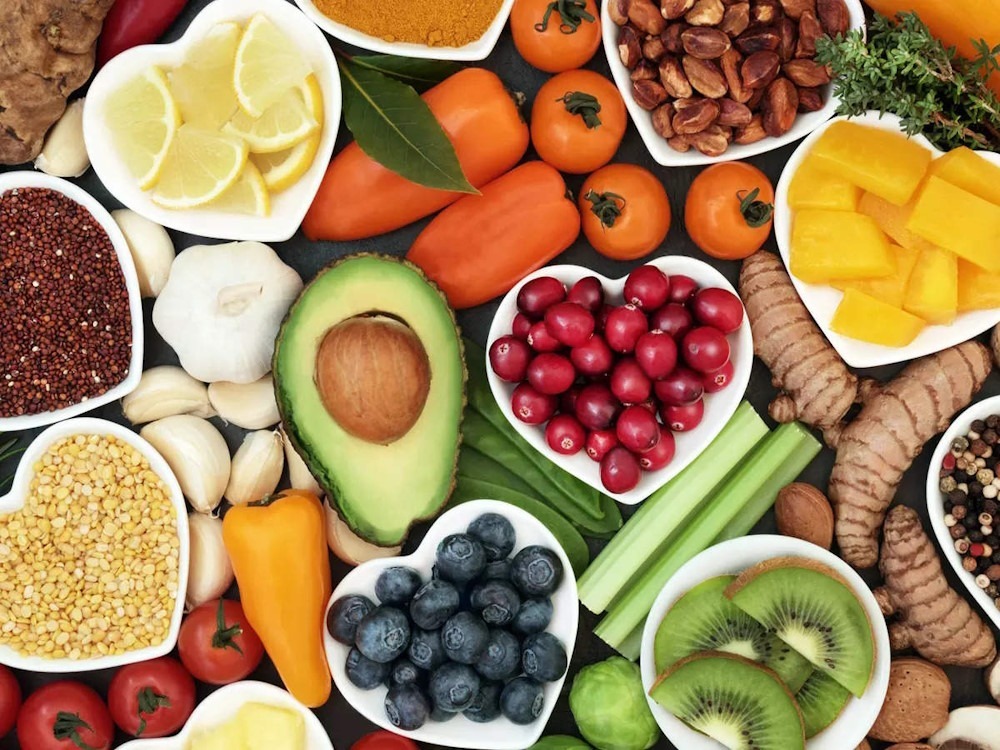Would Artificial Intelligence lead to cheaper food?

Most of the news coverage on AI has been negative. Google temporarily halted its AI tool last month after it failed miserably at creating images of white people, and last summer there was that widely known (and very questionable) research that predicted AI will eliminate almost 25% of the world’s jobs. Americans do hear economic predictions about how AI could boost productivity, but those predictions are usually quite theoretical and lack any real meat on the statistics. More evidence of AI’s negative effects than positive ones is presented to them.
One of the most pressing issues facing Americans today is the need to reduce inflation, and AI is already contributing to this effort. That is just going to become worse and, in the end, cause a lot of problems.
Supermarket pricing create the impression that we haven’t beaten inflation, even though the headline stats are positive. People at the bottom of the economic scale have felt the effects of the food price spike the most. There was a 10.1% increase in food costs between January 2022 and January 2023. They increased by 2.6% last year, which is significantly more than the norm for the past few years. infant food, infant formula, and beef are just a few basics whose inflation rates have been consistently over 7.4 percent each year.
The much bigger price increase for fertilizer was one of the main factors that caused food prices to soar. Fertilizer prices around the world increased by over 100% between 2020 and 2022, and they have remained rather stable ever then. An acre of maize can use as much as 280 pounds of fertilizer, so farmers definitely need a lot. For this reason, the abrupt spike in fertilizer prices was so catastrophic, as fertilizer accounts for approximately 20% of farmers’ operational expenses (and over 30% for maize and wheat).
However, the use of AI is beginning to reduce production costs for farmers, which will lead to reduced prices for consumers. Large converted tractors have been used to disperse fertilizer across farmers’ fields in an almost haphazard fashion. Because they can’t predict where the next rain will wash away fertilizer or where plants can access the nutrients, farmers end up wasting 40% to 80% of the fertilizer they apply. That figure will approach zero with the help of AI. Soon, farmers will have the ability to pinpoint their farms’ square-meter-level fertilizer demands using artificial intelligence and satellite data. Growers may provide crops with the exact amount they require, without any excess.
Using the same data analysis methods, farmers will be able to save expenses in other areas as well. The American West is experiencing a water crisis due to the increasing scarcity of this resource. However, artificial intelligence may help farmers save water by directing them to irrigate their crops at the optimal times and in the most efficient ways possible, which in turn benefits consumers.
With the use of AI, farmers will be able to enhance yields while decreasing crop loss, especially due to pests and illnesses. Drought and insect resistance, improved flavor, and increased yield are just a few of the many features that farmers have selectively bred into their crops over the years. Time and trial and error are required for this traditional genetic engineering. Although more accurate molecular genetic alteration can greatly speed up the process, the genetic analysis required to make it possible is tedious and time-consuming. From the time an issue is identified in the field to the time a modified seed is planted, the time it takes to go from idea to harvest can easily exceed ten years.
Not anymore. In just a few months—long before the next crop is planted—food experts may be able to solve crop problems with improved seeds, thanks to AI’s ability to run many genetic models simultaneously. No matter how bad the weather gets, farmers will still manage to increase their yield per crop while decreasing their loss.
Lastly, the food business generates a great deal of unnecessary waste. It’s an inevitable consequence of transporting millions of pounds of food daily over vast distances. From unfinished milk at a dairy to spoilage of produce in a warehouse prior to loading a truck, errors are inevitable in any system that is so intricate. The majority of the spoilage occurs before the food reaches the customer, and the United States Department of Agriculture estimates that 30–40% of the food production goes to waste.
Artificial intelligence can perform millions of simulations to offer supply chain recommendations that maximize efficiency. Warehouses with the most transportation capacity can have their food delivery directed to them. With the use of AI, the depot can prevent the spoilage of wheat and maize crops prior to their loading into freight trains. And costs will fall in tandem with that reduction in waste.
Although there are real risks associated with AI, we shouldn’t discount its practical advantages. If nothing else, it can make it so that going grocery shopping isn’t a pricey ordeal.

